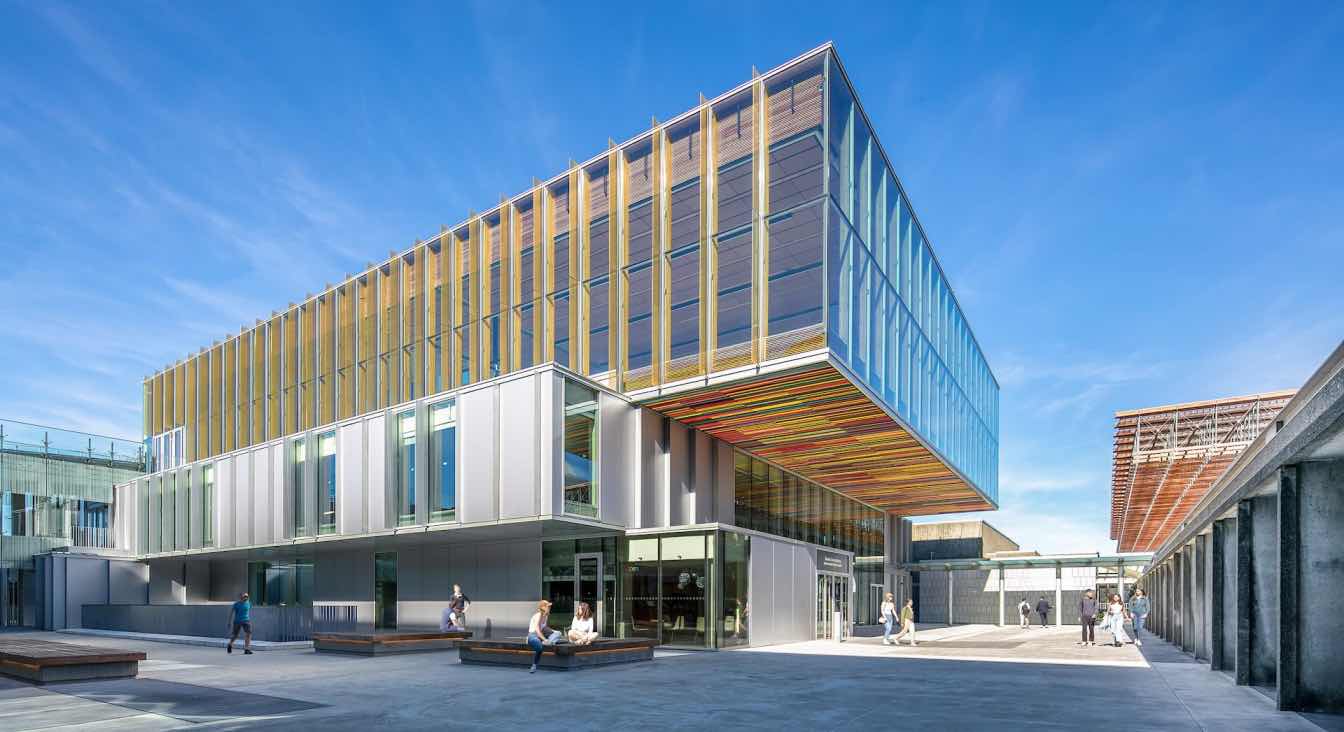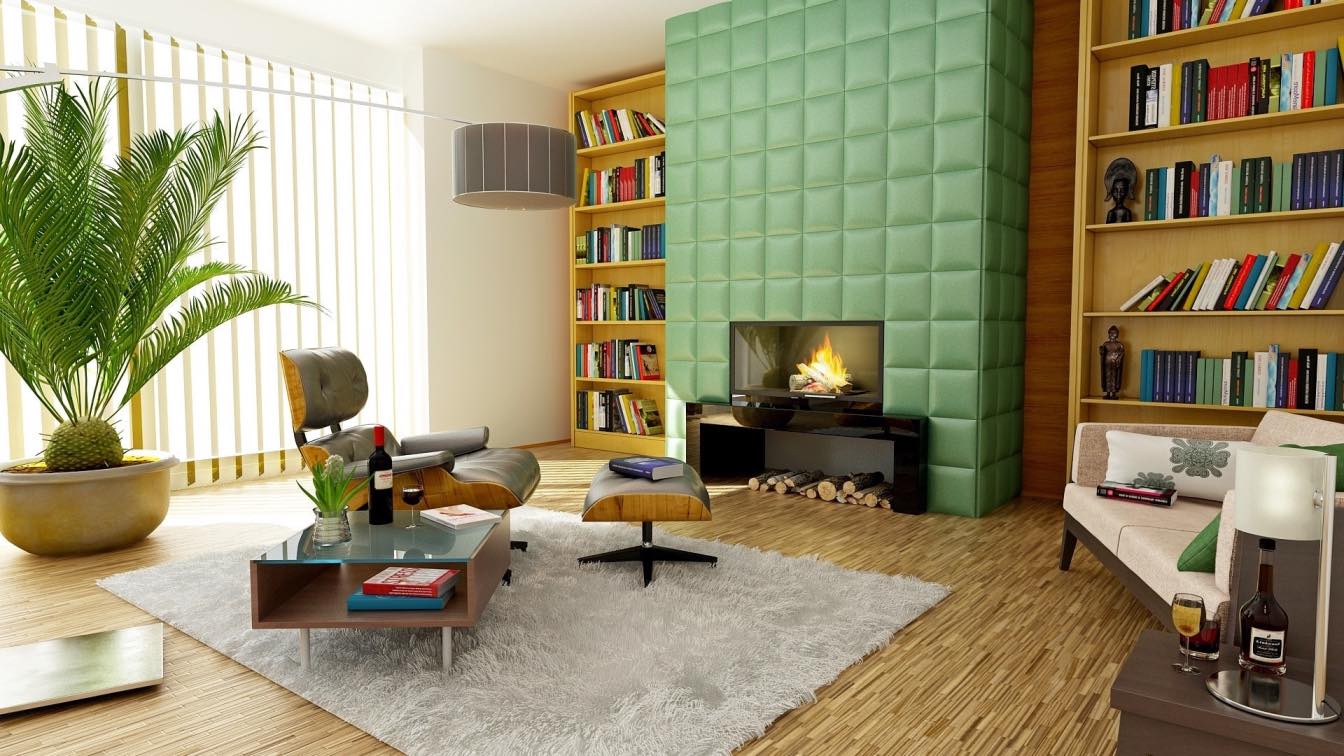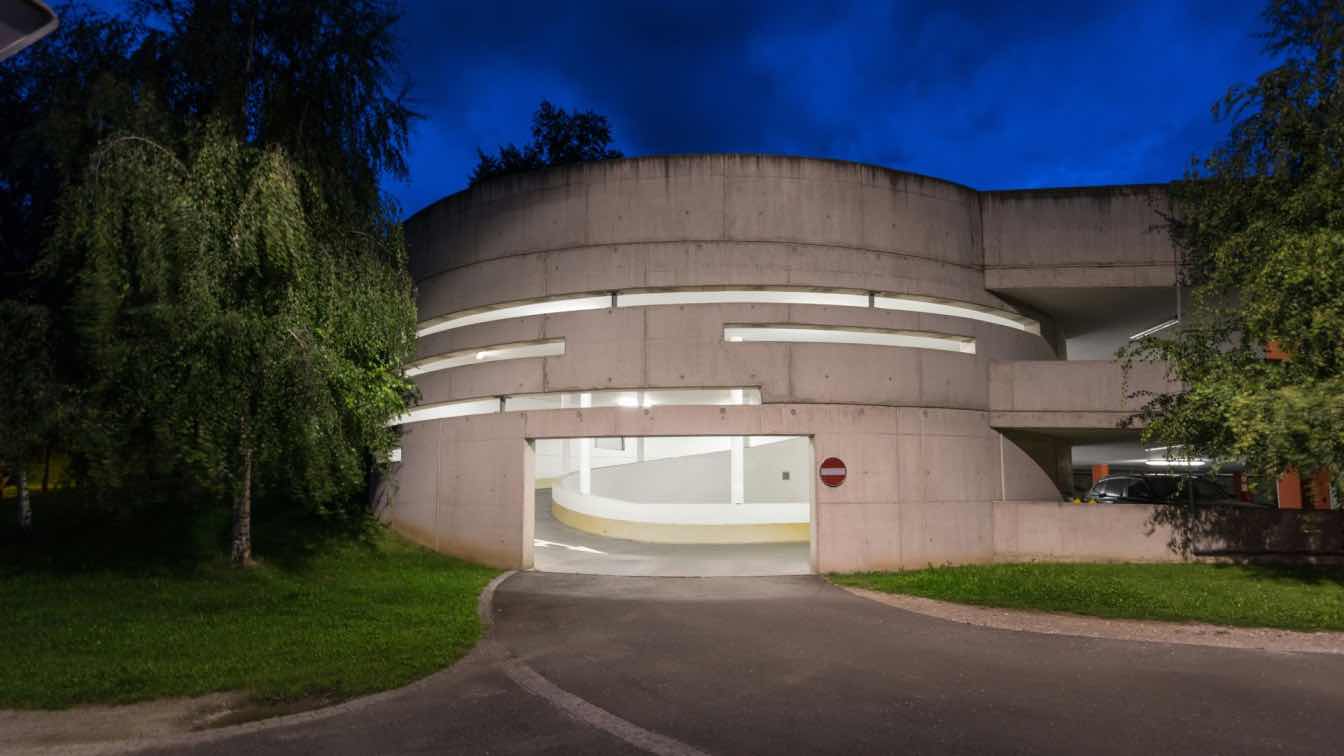Chapô: Find out how SFU approaches thermal efficiency and the influence of natural light transmission when designing its buildings, including how it uses low-E glass to create efficient and effective learning spaces.
Simon Fraser University (SFU), located in British Columbia, Canada, is a university that has not only excelled in academic but also in architectural work, creativity, and energy-related concerns. This article explores how SFU addresses natural light transmission and thermal performance enhancement.
The Essence of Natural Lighting in Learning Environments
Natural light is an essential feature of educational facility building designs. It provides a conducive learning environment that helps one focus, has minimal eye strain, and impacts overall health. Research also found that learners more exposed to natural lighting have better academic performance than those exposed to low levels of natural light. At Simon Fraser University, buildings like the Blusson Hall and the Trottier Observatory are designed to let in as much natural light as possible.
Architectural Design and Natural Light
SFU's architectural design includes extensive use of glass, including large window openings, roof lights, and atriums, to let in natural light into the interiors of the buildings. One of the key architectural landmarks of the university is the Academic Quadrangle, designed by Arthur Erickson. The building includes an open courtyard that enables sunlight to penetrate the lower level. Likewise, the recently built Sustainable Energy Engineering Building incorporates glazing to design brightly lit learning environment spaces.
The use of glass in these structures is impressive and allows plenty of light. However, using natural light poses some drawbacks that need to be managed. These downsides may lead to high temperatures in the building, thus calling for high cooling rates.
Optimisation of Light Transmission and Thermal Performance
Balancing the light transmission and the thermal properties of a glazing system is always one of the theoretical problems. Highly glazed buildings can experience heat gains during sunny weather and might cause over-reliance on the air conditioning systems. On the other hand, lack of sunlight may lead to high heating costs and low indoor temperatures.
To overcome this challenge, SFU has tried incorporating effective thermal performance using materials and technologies that allow natural lighting. One of these involves using low-E glass in the construction of its building.
Understanding the Low-E Glass Function
Low-E (low-emissivity) glass is one of the most important parts of a sustainable building in the contemporary world. This type of glass is covered with layers of thin metallic oxides that can reflect infrared radiation (heat) but transmit visible light. Low-E glass operates effectively to reflect the heat and keep every corner of your home warm when necessary, reducing the need for supplementary heating appliances.
At Simon Fraser University, low-E glass is very common because it helps to enhance energy efficiency in buildings. For example, the windows of the Sustainable Energy Engineering Building have low-E glass that prevents heat loss in winter and minimises heat in summer. This improves thermal comfort and greatly minimises energy usage and expenses.
The Sustainable Energy Engineering Building at SFU
The Sustainable Energy Engineering (SEE) Building at SFU clearly serves as a good example of how natural light transmission and thermal performance can be achieved in a complementary manner. Sustainable features of the SEE Building include the large exterior glazing planes of clear low-E glass that maximise daylight inside while minimising heat loss.
Some of the more energy efficient exists installed in the building’s include high-performance glazing systems that help decrease the building energy requirement. The positioning of windows and the application of shading systems also contribute to energy conservation. They regulate the amount of direct sunlight that can get into the structure. This balance ensures that there are lots of natural light and fresh air in the interior spaces all year round without having to pay huge bills.
The Impact of Natural Light and Thermal Performance on Sustainability
SFU’s sustainable design principles go beyond the construction of individual structures. The sustainability agenda of the university is a holistic approach that focuses on efficient energy use in buildings, promotion of renewable energy and green campus programs. That ensures proper natural light transmission and thermal performance benefits not only the students and staff of SFU but, also decrees the environmental impact.
While Low-E glass and the use of other energy efficient building material has a central role to play in energy conversation and reduction of greenhouse emissions. All of these are linked with Sustainable development at SFU including getting to carbon neutral and creating a culture of sustainability.
Parting Words
The case study of Simon Fraser University shows how natural light transmission and thermal performance can be effectively incorporated into learning institutions. Latest technological advances, including low-E glass, ensure that interior of the building is well lit by natural lighting, an aspect that positively affects academic performance at SFU. The dynamic nature and ongoing changes of the university imply the need for solving the issue of sustainable design providing comfort and pleasant look yet remain energy conscious.





